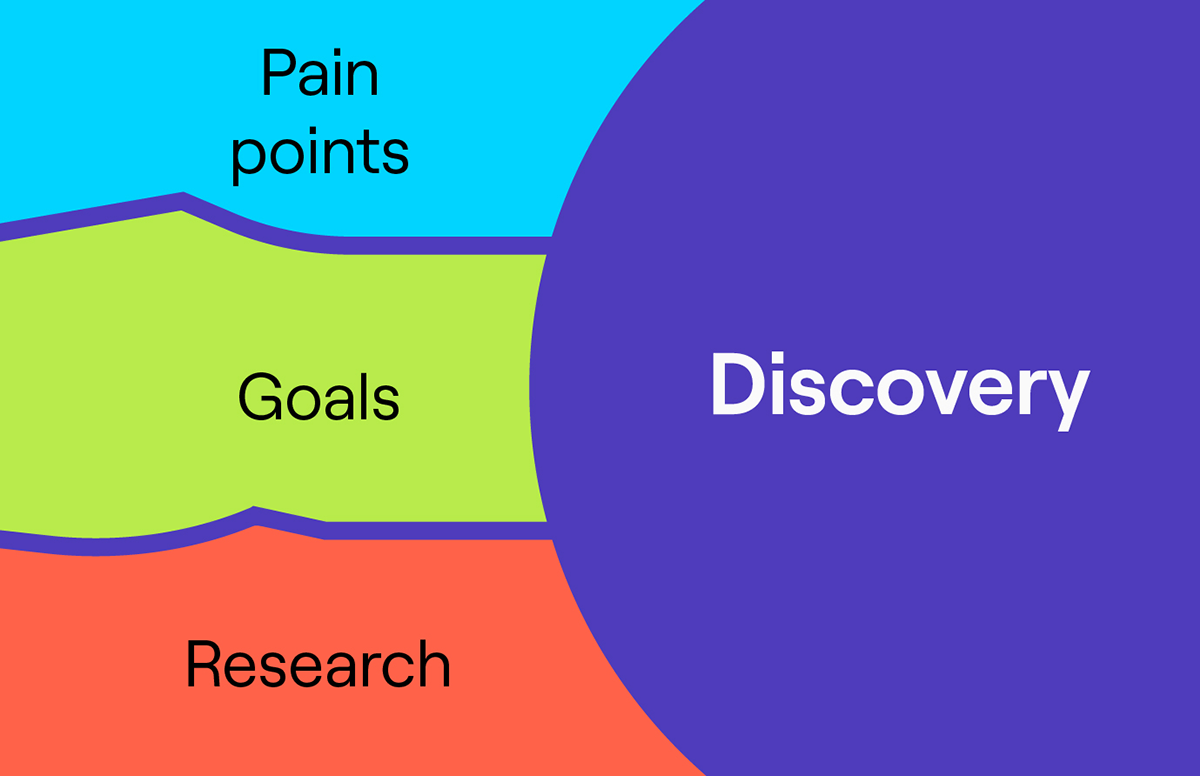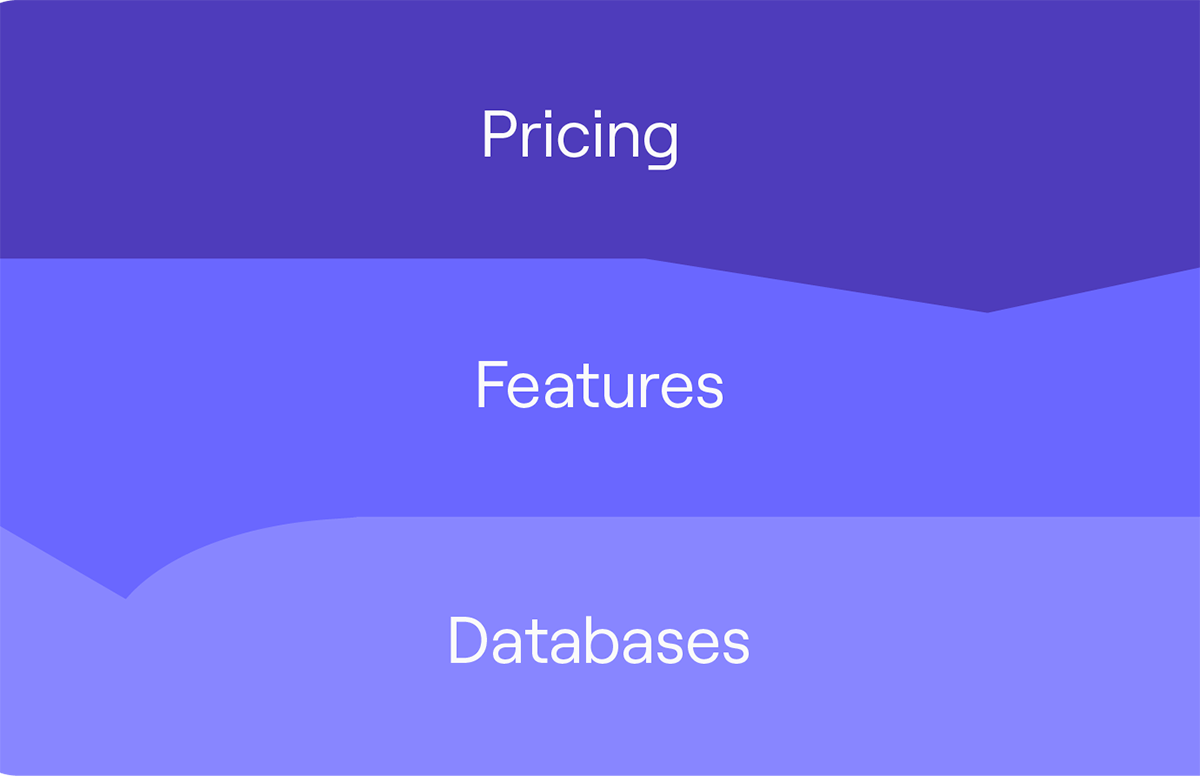Direct Dials: How to Find Direct Phone Numbers for Sales?
According to some studies, it can take 8-18 dials to speak to your prospect. But you can cut that down to 3 (Cognism State of Cold Calling 2025 Report) with the right contact data, in the form of direct dials.
If you’re new to sales, these B2B direct dial phone numbers connect you to the specific prospect in a company you want to talk to. There is no switchboard or gatekeeper, and you can breeze straight through.
You definitely want to have an abundance of direct dials when working on accounts where you need to speak with C-level executives and other key decision-makers.
Watch the video ▶️ to learn more about where you can find direct dials, and how they can improve your connect rates, or scroll on to learn more.
What are the benefits of direct dials?
The Cognism sales team has seen the benefit of direct dials first-hand. In fact, it’s reflected in our cold calling success rates from 2025. The industry average cold call success rate is around 2%. At Cognism, our success rate is 6.7% (Cognism State of Cold Calling Report 2025).
Check out the neat graphic below that puts this into perspective.
Now, let’s set aside connect rates and get into three key other benefits.
Less time wasted finding numbers & speaking to gatekeepers
Face it, routing around for phone numbers, or speaking to a gatekeeper when you could just dial a much more direct number, is kind of... a waste of time?
Imagine if you could find the phone number straight away or save 10 hours (like Planixs did), enriching your CRM with the contact data you need.
Direct dials (and data enrichment, too) help massively reduce the overbearing admin work that reps need to do each day so that they can spend time selling.
See how many meetings booked you could be missing 👉 Request a Cognism data sample.
Talk to the decision-maker right away
You need direct dials to speak with decision-makers.
And what’s more, CEOs and executives were the most likely to pick up a cold call (from our State of Cold Calling Report 2024), making up 11.91% of our conversations. Enough said.
They make your sales team want to hit the phones
The phone is already one of the most underused outbound channels. And guess what, if reps cannot find the correct numbers they need, they’re even less likely to use it.
We can prioritise phone-first outreach at Cognism internally thanks to our Diamond Data®, connecting our users with up to 87% of their calling list.
How to find direct dials
Several methods exist for collecting direct phone numbers for prospecting. Some are more automated and will suit SDR teams, and others require manual research.
1. Use Cognism’s Diamond Data®
Use Cognism Sales Companion to find fresh and accurate B2B numbers. The Diamond Data® feature gives you access to phone-verified dials.
Here’s how it compares to standard datasets:
Check out Cognism if you’re looking for fully CCPA and GDPR-compliant direct dials in NAM, EMEA, and APAC. We cross-reference all the direct business numbers to maintain the database’s accuracy and keep it current.
But the best part?
Cognism has become the no.1 provider of mobile phone data (in terms of quality and quantity) on the market. We phone verify B2B cell phone numbers. Our data team continually works to increase mobile phone data coverage in the UK, US, DACH, and APAC.
What makes leads from Cognism phone-ready?
- Our numbers are verified over the phone. This is our Diamond Data®, something other providers don’t have, helping match you with 87% of your list.
- Sales Companion gives SDRs insights into buying signals, such as company funding, job changes, and M&As, indicating that the lead is likely in-market to buy. Meaning now is a good time to pick up the phone!
- Check to see if a company matches your ideal customer profile with AI-generated summaries in a single click. This helps reps spend less time on research admin and more time dialling.
Request a data sample to compare our data to your ICP. Use the form below, and a team member will contact you.
Get a data sample from Cognism
Here’s one of our customer testimonials that showcases the quality of our cell phone number data over direct dials.

Global Head of Revenue Operations @ComplyAdvantage

2. Research LinkedIn
If you’re prospecting on LinkedIn or using Sales Navigator daily, use the Sales Companion Browser extension to enrich your lists with actionable data (direct phone numbers, mobiles, and emails).
It will also show you the prospect’s co-workers’ and stakeholders’ contact information to close multithread deals faster.
Unfortunately, LinkedIn’s contact info isn’t always reliable, as it’s the user who needs to keep it up-to-date. Plus, key decision-makers are unlikely to leave their details out for the world to see.
You can also bulk export contacts into your CRM through Sales Companion. Its two-way integration with Outreach and Salesforce makes it a favourite tool of SDRs.
Plus, with Sales Companion, you’re well on your way to finding phone-ready leads with its buying signals and AI features.
Check out the recommended top companies to engage with today based on their intent, or research a company in seconds with Cortex AI, our agent, who will find key business insights, including the company’s business model, strategy and direction, and competitors.


Global Sales & Business Development Director @Singlestore

If cold calling isn’t your main sales channel, you can try to source lead direct dials by searching for contact information on social media and company websites.
It’s time-consuming and might not work if you’re looking for the phone numbers of large business decision-makers - they don’t usually share their direct phone numbers in their profiles.
3. Speak to the gatekeeper
When you’ve exhausted all the other resources, don’t be afraid to talk to the gatekeeper to get the direct dial you need.
A gatekeeper is an assistant or a receptionist who is the first point of contact for a company. Their job is to protect senior executives from unwanted calls. But with the right opener, you can boost the chances of booking a chat with your prospect.
Check out: These scripts to get past the gatekeeper.
4. Check the prospect’s email signature
You can also find direct line phone numbers in email signatures. Including it next to a job title is common for professionals in many industries. You can check your company’s inbox or ask colleagues if they have contacted your prospect.
Don’t forget that bounced and out-of-office emails are also excellent sources of contact information.
5. Visit the company’s website
Finding direct dials on company websites’ About us pages might work if you target small, locally based businesses.
If your ICP includes mid-market and enterprise organisations, use the Cognism Browser extension that works over corporate pages. Without leaving the browser, it lets you view key account and lead information (including company details and tech stack).
Connect on dial no.1 to drive more meetings
From our Cold Calling Report this year, we know that there’s a huge chance you’ll get to have a conversation with your prospect (if you have their direct business number) on dial no.1.
The logic behind this is that you’ll have a specific pool of people who will pick up to an unknown number, and then some people who just won’t.
Let’s break these numbers down:
- Call 1 to Call 2: A drop of 73%.
- Call 2 to Call 3: Another drop of 60%.
- After Call 3: The drop becomes progressively steeper.
- Calls 7 to 10: Conversations per call are only in double digits.
More dials Better dials = More pipeline 👉 Request a Cognism data sample.
Direct dials vs switchboard vs mobiles
What is a direct dial?
A direct dial is a type of corporate phone number that belongs to a specific person within a company. If you use them for cold calling, it can be a great way to get straight through to a company’s key stakeholders.
Direct dials can help bypass switchboards and gatekeepers. They increase reach rates and allow for more efficient outreach.
Are direct dials still important?
Direct dials can still be very important, depending on your industry.
For example, if you target estate agents, recruiters or banking prospects, they will likely have a direct dial since they also spend a lot of time on the phone.
For cold callers, phone numbers provide a direct way to pitch to the prospect and get immediate feedback.
What is the difference between direct dials and mobile phone numbers?
B2B mobile phone numbers let you speak to the decision-makers directly, even if they’re not at their computers or in an office. Using mobile phone numbers for sales produces higher connection rates than direct dials.
Cognism’s phone-verified mobile data, aka Diamond Data®, ensures you connect with 87% of your list. Our team calls mobile numbers in our database to confirm that they belong to the right prospect.
How much is Cognism’s verified cell phone numbers database?
Cognism offers two types of licences globally, including direct dials, mobile phone numbers, and emails. To unlock manually verified mobile numbers with 87% accuracy, you need to opt for a Diamond® Licence.
The Diamond® Licence also includes a mobile number research service on demand and intent data.
Cognism’s seat-based pricing is suitable for individual prospectors and teams with bulk list-building workflows.
Is calling up business phone numbers legal?
Cold calling is legal if you follow the data and privacy protection rules applicable in your prospect’s country, such as the GDPR and DNC lists in Europe and the CCPA in the US.
Cognism’s customers can prospect in confidence because we provide compliant B2B data lists.
At Cognism, we:
- Comply with CCPA and GDPR rules.
- Check against 13 DNC lists, including in the USA, Canada, and Australia.
We’re the only provider that checks so many European DNC lists, including:
- TPS/CTPS in the UK.
- DNCs in Germany, France, Spain, Ireland, Belgium, Croatia, Portugal, and Sweden.
How not to obtain direct dial numbers?
Many companies offer to sell or rent B2B direct dial lists. However, this comes with risks that can harm your sales and marketing performance.
First off, when you buy lead lists from an unreliable provider, the data is likely very basic and out of date. You will be dialling random people, wasting time and money.
But most importantly, watch out for lead lists that are non-compliant with global data regulations such as GDPR in Europe, CCPA in the US, etc. You risk being marked as spam and ruining your company’s reputation.
For more information, check out Cognism’s B2B data privacy regulations guide and learn how to choose a data provider.

/Cognism%20Product%20-%20Compressed/Diamond-Data-graphic-2-webp.webp?width=1920&height=839&name=Diamond-Data-graphic-2-webp.webp)
/CTAs%20(SEO)/CTA%20banner-Ideal%20customers..webp?width=1376&height=528&name=CTA%20banner-Ideal%20customers..webp)


